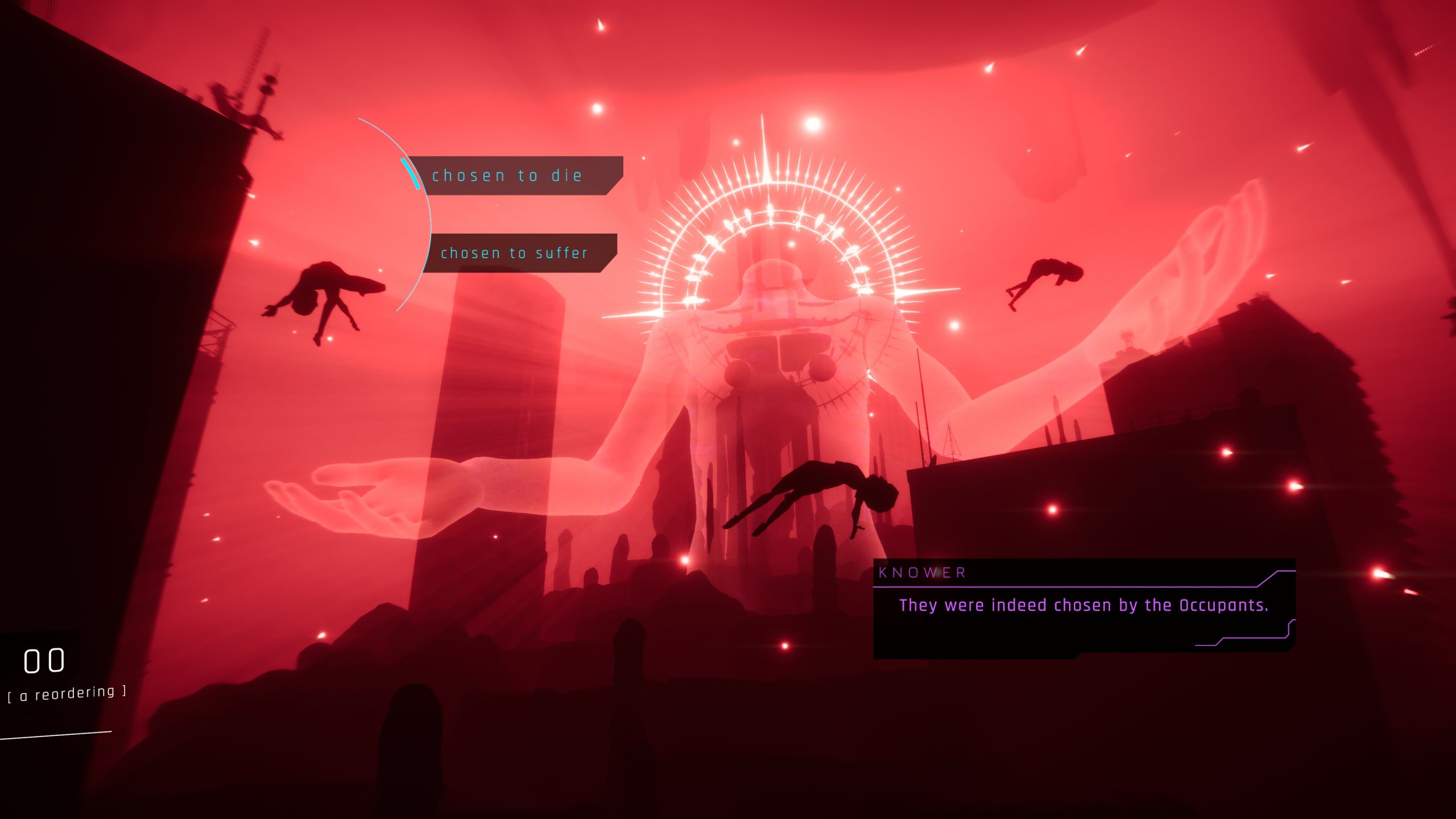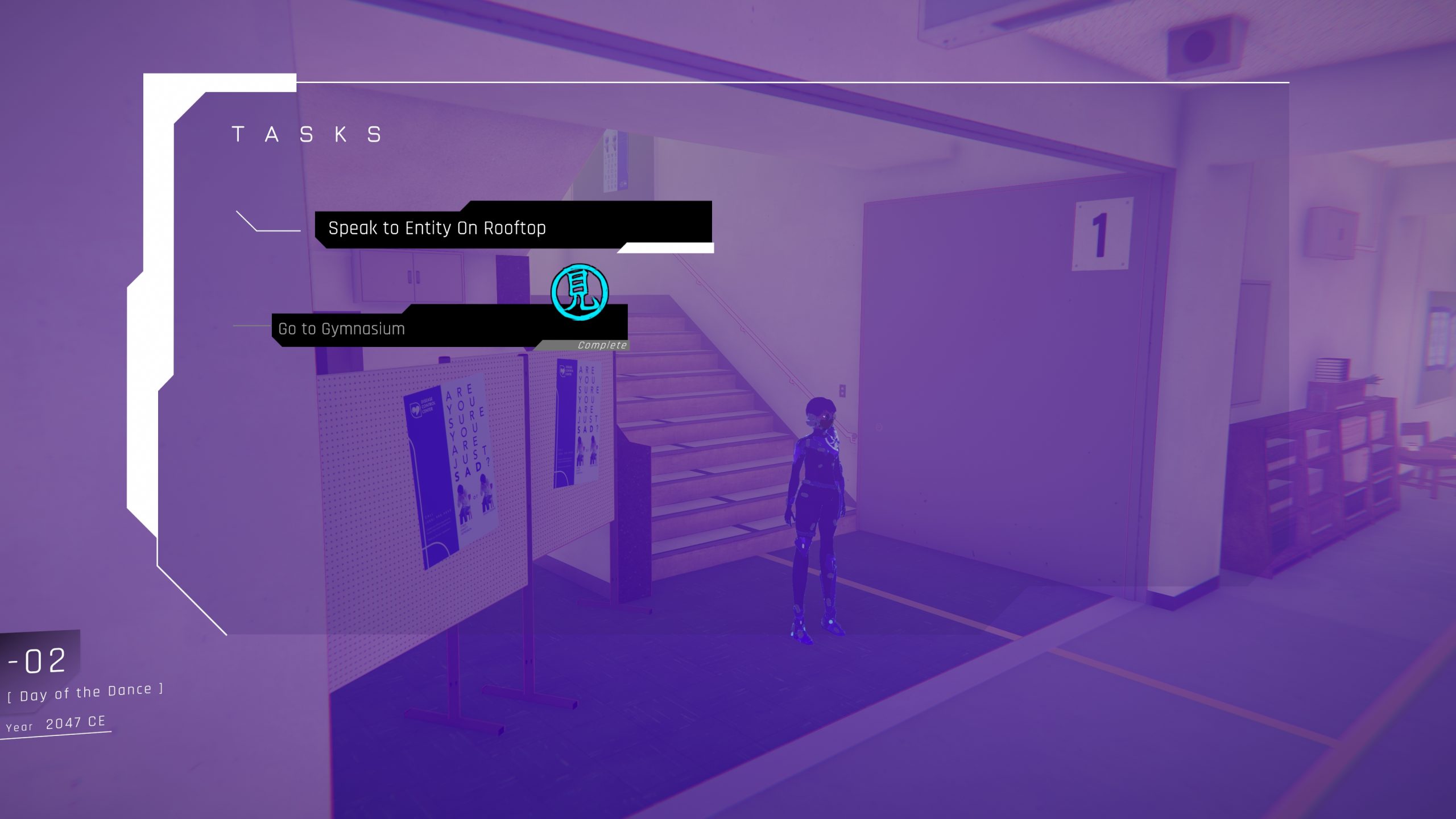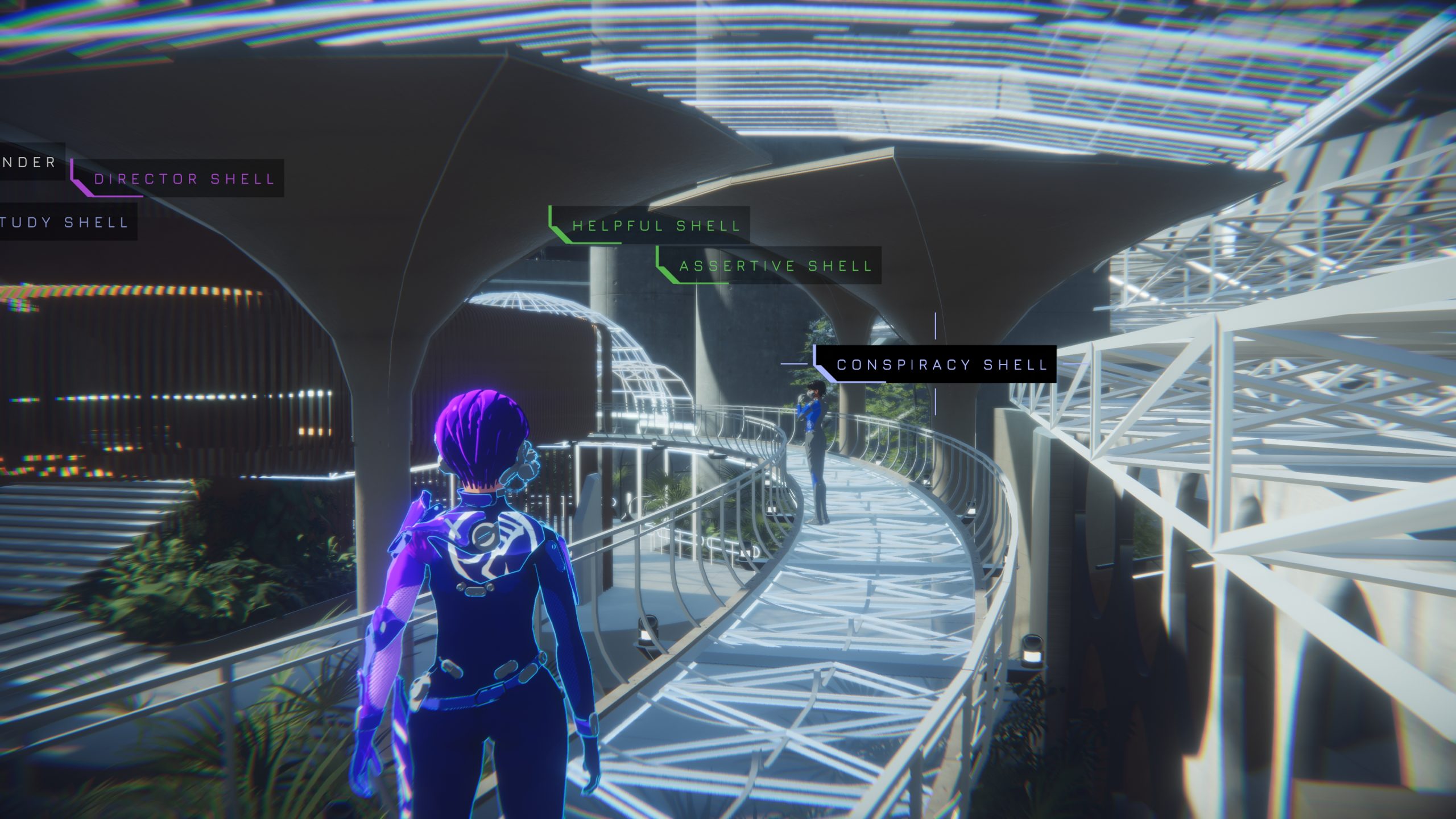![[Preview] 1000xResist [Preview] 1000xResist](https://tubemate.vip/wp-content/uploads/2023/12/Preview-1000xResist-1024x576.jpg)
1000xResist begins, like many good mysteries do, with a murder. Or, rather, an assassination. Mere moments into my demo, I watch as a woman named Watcher plunges her knife in the body of a woman who looks just like her. But the act isn’t without purpose: it’s a necessary part of a ritual called a Communion, which allows the executioner to relive the memories of the person they just killed. That dramatic opening is just the start of what seems poised to be a complex story in a post-apocalyptic sci-fi world, and it left me curious to see more of this experimental take on a time-travel adventure.

The debut project from Vancouver-based studio Sunset Visitor, 1000xResist is set after the fall of humanity, which was wiped out after a disease eradicated all but one person, a teenage girl named Iris. The primary timeline of the game occurs one thousand years after those events have transpired; Iris is now known as the ALLMOTHER, and has since created a society exclusively occupied by clones of herself. Watcher, the playable protagonist of the game, is one of these clones, and has the ability to relive the memories of others. With rumors of treason circulating within the insular community, Watcher dives into the memories of the ALLMOTHER hoping to uncover whatever fragments of the truth she can.
“The big thing about the game is that it spans four generations, so about a thousand years worth of characters,” said Remy Siu, creative director and founder of Sunset Visitor. “You get to meet characters from our present time, to far in the future, to even further in the future.”
Moments after the intense opening sequence, I find Watcher transported to what looks like a Japanese public school. The classrooms have long been abandoned – desks are scattered about in a heap, and the whole building is draped in an oppressive red light. I begin poking around the rooms, seeing what I could find, flipping through the messages on a forgotten cell phone to try and make sense of the place. It’s mostly quiet, except for the militarized guards stationed around the place – they seem to be working with me, or possibly for me.

“This is Watcher’s function, to go back and experience All-Mother’s memories, to make sense of what happened and what was going on in the past,” Siu said.
While this early chunk of 1000xResist plays out from somewhat of an isometric perspective, with the camera angle shifting as I walk between rooms a-la old school Resident Evil, the gameplay mechanics and presentation will change between chapters depending on what story the game is trying to convey. “For example, there’s a chapter where you visit her family home and meet her mother and father, and that’s in first person,” Siu said. At other times, the game might play more like a traditional third-person adventure, or even like a visual novel.
As I explore the school grounds, I’m introduced to a core mechanic in the game: the ability to flip between time periods. At the press of a button, Watcher is instantly transported back into the past, seeing the school at a point in time when it was filled with students. Impressively, it happens instantaneously. There are, of course, narrative implications to this ability, but it also allows Watcher to access previously inaccessible areas. Siu said you can do this at any point in the game, although how exactly it will be implemented in each chapter will depend on what the story demands at that point.
“It was a pain to get working,” Siu said, “but you’re able to see different areas and how things have changed based on the time elapsed.”

1000xResist has been in development for about two-and-a-half years by a core team of about fifteen people, but the studio has been leveraging talent from across the arts. One of their writers, Natalie Tin Yin Gan, is also a dancer and choreographer. Other team members have worked in the performing arts and film worlds. The project is meant to be experimental in this way. “It’s a challenge, but it’s pretty rich with lots of other perspectives coming in,” Siu said.
The whole game is voice-acted, too, and that extra work really helped immerse me more into the experience. Because Watcher is the genetically-splintered offspring of the All-Mother, her voice is somewhat robotic – she sounds human, but speaks like a machine presumably would. The writing, so far, felt excellent, well-suited for the sense of mystery the game is trying to convey but without ever becoming too dense that it would be difficult to parse. 1000xResist almost feels like a detective game, at least during the small sliver I got to play.
There’s a lot more going in in 1000xResist than I had time to see during my half-hour demo, but between the game’s more exploration-focused chunks the player will be able to spend time in a space called the Orchard. It’s the last bastion of what’s left of humanity, and is where Watcher lives with her sisters. It acts as a sort of hub area to explore and chat with other characters; I didn’t get to see it myself, but I’m curious to learn how it will tie in with the time-shifting elements of the game.

I was also told that 1000xResist will have multiple endings. “The game presents you with these scenarios that, if you pay attention, you will be asked to make some pretty severe decisions at the end,” Siu said.
With the game poised to contain all kinds of flashbacks and flashforwards, it remains to be seen just how smoothly all of the pieces of this seemingly complex narrative will come together. Siu cited a range of creative inspirations for the project from Grim Fandango to Kentucky Route Zero, although he promised that this game will overall be more straightforward than than the latter of those two games. Still, I really enjoyed what I played and was left wanting more; hopefully the Switch version will run as well as the demo build I played. We’ll find out when 1000xResist launches on Switch in Q1 2024.